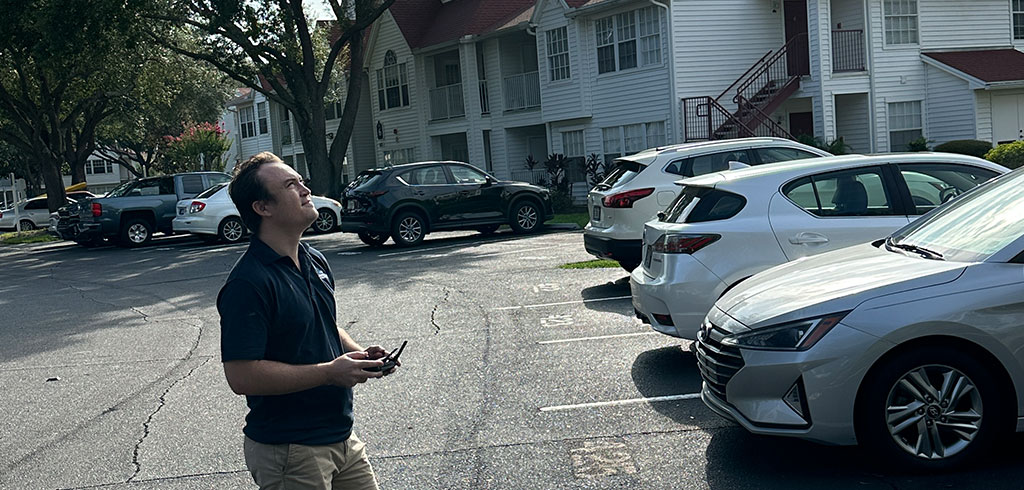A Guide To Commercial Flat Roof Types

Commercial buildings sometimes have flat roofs because of their practicality and cost-effectiveness. Understanding the characteristics and benefits of different commercial flat roof types is imperative for selecting the most suitable option for a particular building.
Commercial Flat Roof Types
- BUR (Built-Up Roofing)
BUR (built-up roofing), also known as tar and gravel roofing, is one of the oldest and most traditional flat roof types. BUR systems involve layers of asphalt-impregnated fabric or felt alternated with layers of bitumen (tar) and surfaced with aggregate, like gravel or mineral granules.
BUR roofs are durable, fire-resistant, and relatively inexpensive, making them a popular choice for commercial buildings with low to moderate foot traffic.
- Modified Bitumen Roofing
Modified bitumen roofing is a modern evolution of BUR systems, using modified asphalt membranes reinforced with polyester or fiberglass mats. These membranes are frequently installed in multiple plies or layers and sealed with heat or cold adhesives.
Modified bitumen roofs provide improved flexibility, weather resistance, and ease of installation compared to traditional BUR systems. They are suitable for a vast array of commercial applications and can accommodate moderate foot traffic.
- Ethylene Propylene Diene Monomer (EPDM) Roofing
Rubber roofing – a.k.a. EPDM roofing – is a synthetic rubber membrane commonly used in commercial flat roof applications. EPDM membranes are lightweight, flexible, and resistant to UV radiation, ozone, and weathering. They are available in large seamless sheets that can be mechanically fastened, adhered, or ballasted to the roof substrate.
EPDM roofs offer excellent durability and longevity, with minimal maintenance requirements, making them a cost-effective option for commercial buildings.
- Thermoplastic Polyolefin (TPO) Roofing
TPO roofing is a single-ply membrane system made from thermoplastic polyolefin compounds. TPO membranes are heat-weldable and often installed in large sheets that are mechanically attached or adhered to the roof substrate.
TPO roofs have excellent resistance to UV radiation, chemicals, and environmental pollutants, making them perfect for commercial buildings in harsh climates or industrial environments. TPO roofing is also energy-efficient, reflecting solar heat and reducing cooling costs.
- PVC Roofing
PVC roofing, or polyvinyl chloride roofing, is another type of single-ply membrane system used in commercial flat roof applications. PVC membranes are highly durable, flexible, and resistant to chemicals, fire, and environmental contaminants. They are typically installed in large sheets mechanically fastened or adhered to the roof substrate.
PVC roofs provide excellent weatherability and long-term performance, so they’re a popular choice for commercial buildings with high foot traffic or exposure to harsh conditions.
Choosing the Right Flat Roof Type
Selecting the right flat roof type for a commercial building depends on a number of things, including budget, climate, building use, and maintenance requirements. Roof consultants can assess the unique needs and conditions of a property and recommend the most suitable roofing system based on these factors.
Whether it’s a traditional BUR system, a modern modified bitumen membrane, or a high-performance TPO or PVC membrane, choosing the right flat roof type is necessary to provide for the longevity, durability, and performance of the roof over time.
Exploring Commercial Flat Roof Types
Stone Building Solutions offers expert advice and services in Structural Engineering & Assessments, helping you select from different flat roof types.
Our services save you time and money. For professional guidance on commercial flat roofs, call 407-663-5312 or email us at info@stonebldg.com today.
